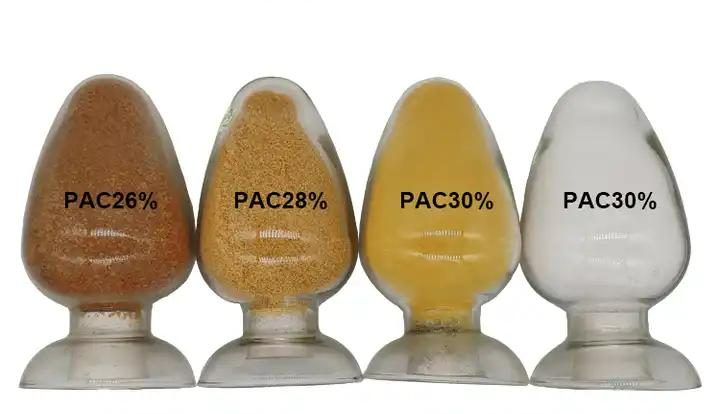Coagulation treatment of pharmaceutical wastewater is a widely used water quality treatment method at home and abroad. It is widely used in the pretreatment and post-treatment of pharmaceutical wastewater, such as polyaluminium chloride and polyferric sulfate. The key of high-efficiency coagulation treatment is to properly select and add coagulants with excellent performance.
The Role Of PAC In Pharmaceutical Industry Wastewater Treatment
Pharmaceutical industrial wastewater mainly includes antibiotic production wastewater, synthetic drug production wastewater, Chinese patent medicine production wastewater and washing water and flushing wastewater in the production process of various preparations.
Its wastewater is characterized by complex components, high organic content, high toxicity, deep color and high salt content, especially poor biochemical property and intermittent discharge, which is difficult to treat industrial wastewater.

At present, the applied physicochemical treatment methods mainly include coagulation, air flotation, adsorption, ammonia stripping, electrolysis, ion exchange and membrane separation.

